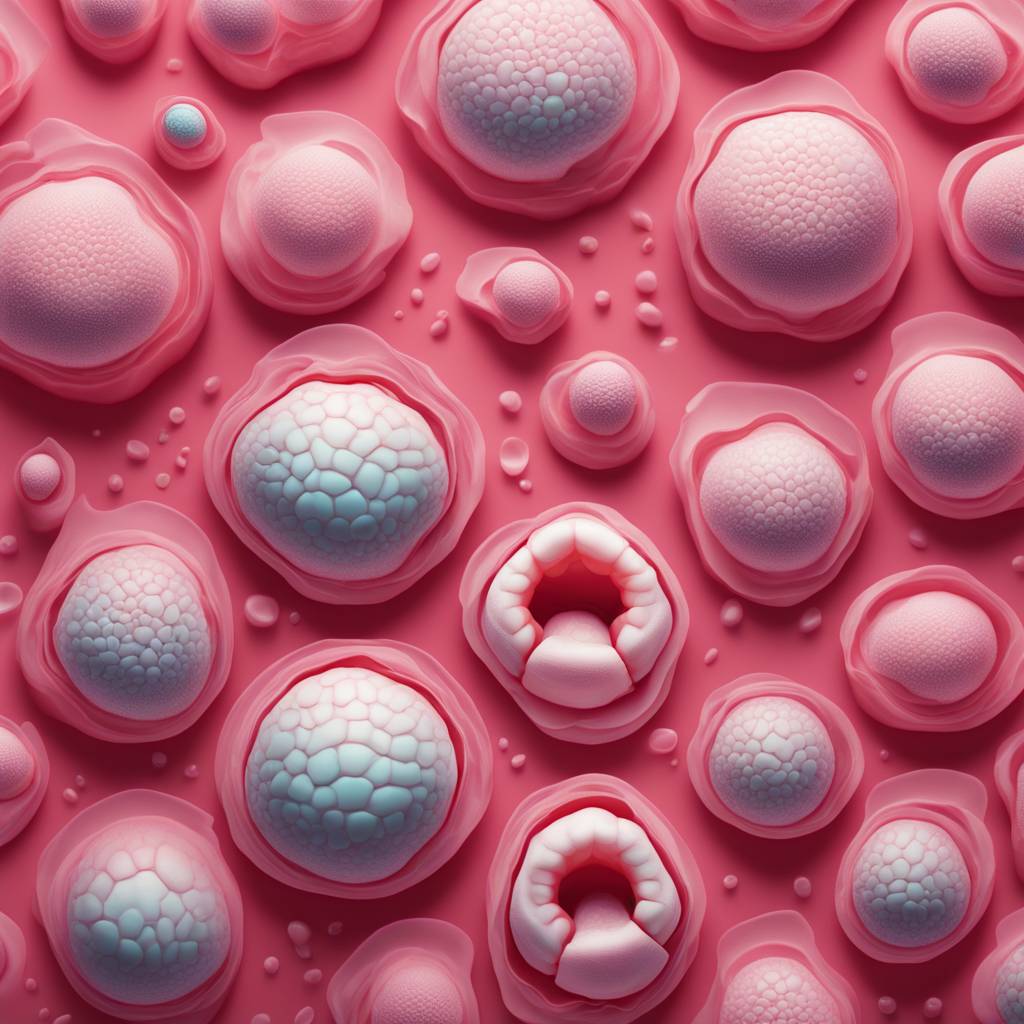University of Michigan engineers have developed a new “atlas” of the human ovary that could potentially lead to treatments restoring ovarian hormone production and the ability to have biologically related children. This deeper understanding of the ovary could also help in creating artificial ovaries in the lab using tissues stored and frozen before exposure to toxic medical treatments such as chemotherapy and radiation. Surgeons can currently implant previously frozen ovarian tissue to temporarily restore hormone and egg production, but this method does not work for long as few follicles survive reimplantation.
The new atlas reveals the factors that enable a follicle to mature, as most follicles wither away without releasing hormones or an egg. By identifying what genes are being expressed at a single-cell level within a tissue, the researchers were able to focus on ovarian follicles that carry the immature precursors of eggs. This information on which genes are expressed in the oocytes can help in creating a functional follicle, which could be used to develop an artificial ovary that could be transplanted back into the body.
A majority of the follicles, known as primordial follicles, remain dormant in the outer layer of the ovary. A small portion of these follicles periodically activate and migrate to the growing pool within the ovary. Only a few of these growing follicles mature into eggs and get released into the fallopian tube. The team believes that by guiding follicle development and tuning the ovarian environment, engineered ovarian tissue could function for a longer period than unmodified implanted tissue, providing patients with a longer fertility window and hormonal support.
The team used spatial transcriptomics technology to track gene activity in tissue samples, reading strands of RNA to reveal which genes are being expressed. This allowed them to analyze ovarian follicles and oocytes and perform a transcription analysis for the first time, providing insights into what makes a good egg and what determines which follicle will grow, ovulate, be fertilized, and develop into a baby. This work is part of the Human Cell Atlas project, which aims to create maps of all different cells, their molecular characteristics, and their locations to understand how the human body works and what goes wrong in disease.
The research also involves mapping other parts of the female reproductive system including the uterus, fallopian tubes, and ovaries. The study was partially funded by the Chan Zuckerberg Initiative and supported financially by the National Institutes of Health. By understanding the gene activity in ovarian tissue, researchers hope to develop new treatments that could restore ovarian function and fertility in women who have undergone toxic medical treatments, potentially leading to a longer fertility window and better hormonal support for overall health and well-being.


